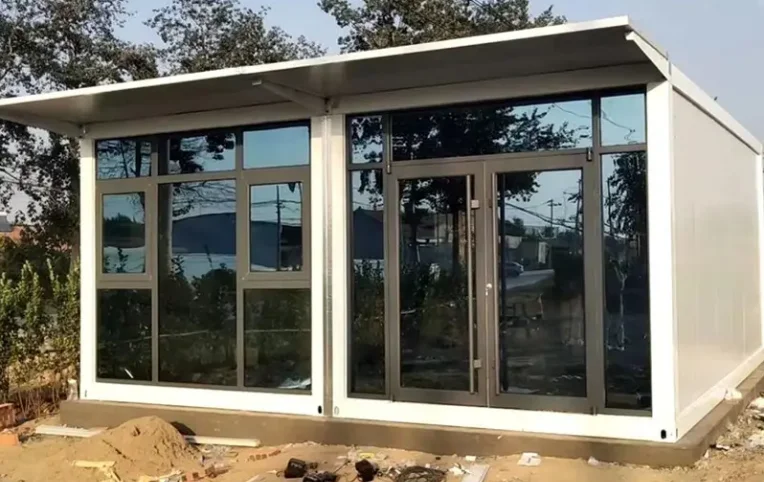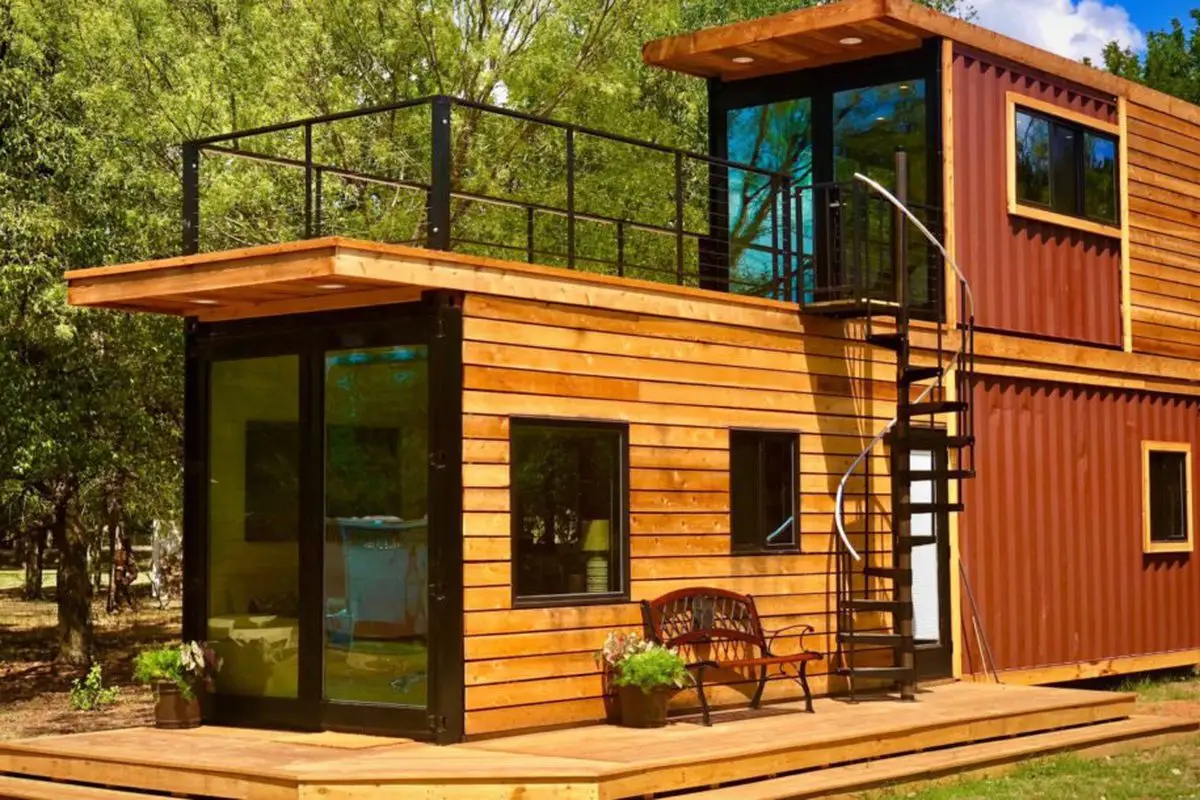Welcome To Laizhou Dingrong Steel Structure From China
Whatsapp:+8615192384158
Container houses are the epitome of modular design. The standardized dimensions of shipping containers provide a convenient building block for architects and builders to create a wide variety of configurations. Multiple containers can be combined horizontally or vertically, allowing for the creation of spacious homes, multi-story apartments, or even commercial complexes. This modularity offers unparalleled flexibility in design. For instance, a single container can be transformed into a cozy studio apartment, while a cluster of containers can be assembled to form a luxurious villa with multiple bedrooms, living areas, and outdoor spaces. The ability to easily add or subtract containers also means that the living space can be adapted to changing needs over time, such as accommodating a growing family or creating additional office space for a home business.

One of the most significant advantages of container houses is their environmental friendliness. By reusing shipping containers, we are diverting a significant amount of steel from landfills and reducing the need for new construction materials. The manufacturing process of steel containers has already consumed a large amount of energy, so repurposing them further minimizes the overall carbon footprint. Additionally, container houses can be equipped with energy-efficient features such as solar panels, rainwater harvesting systems, and efficient insulation. Solar panels can generate electricity to power the house, reducing reliance on the grid and lowering energy costs. Rainwater can be collected and used for non-potable purposes like watering plants or flushing toilets, conserving water resources. The insulated walls and roofs help maintain a comfortable indoor temperature, reducing the need for excessive heating or cooling and further decreasing energy consumption.
Contrary to the perception that container houses are plain and industrial-looking, they offer a vast range of aesthetic possibilities. The exterior of the containers can be painted in any color or finish, from sleek and modern to rustic and charming. Cladding materials such as wood, metal panels, or stone can be added to enhance the visual appeal and blend the container house with its surroundings. Inside, the open and spacious interiors can be customized to create unique living environments. High ceilings and large windows can be incorporated to maximize natural light and create a sense of airiness. Interior walls can be constructed using various materials, and the layout can be designed to suit individual preferences, whether it's an open-plan living area or a more traditional room layout. With the right design and finishing touches, a container house can be as stylish and luxurious as any traditional home.

Container houses are inherently mobile. They can be easily transported to different locations using standard shipping or trucking methods. This mobility makes them an ideal solution for a variety of applications. For example, they can be used as temporary housing for disaster relief efforts, providing a quick and efficient way to provide shelter for displaced individuals. They are also popular for creating mobile businesses such as food trucks, pop-up shops, or mobile offices. In a more permanent setting, container houses can be placed in remote or hard-to-reach locations where traditional construction may be difficult or expensive. Their versatility extends beyond just housing and business uses. They can be converted into art studios, gyms, or even classrooms, offering a unique and adaptable space for any purpose.
Compared to traditional brick-and-mortar construction, container houses often present a more cost-effective alternative. The initial cost of purchasing used shipping containers is relatively low, and the modular construction process can save on labor and material costs. Since much of the construction work can be done in a factory setting, there is better control over quality and fewer on-site construction delays. Additionally, the long-term maintenance costs of container houses can be lower due to the durability of the steel containers. With proper care and maintenance, a container house can last for decades, providing a reliable and affordable housing solution for years to come.
In conclusion, container houses truly represent the epitome of modular marvels that are redefining living spaces. Their modular design, sustainability, aesthetic appeal, mobility, and cost-effectiveness make them a viable and attractive option for a wide range of housing and building needs. Whether you're looking for a unique and stylish home, a mobile business space, or an environmentally friendly housing solution, the container house offers a world of possibilities that are limited only by your imagination.
E-mail format is wrong

E-mail format is wrong
